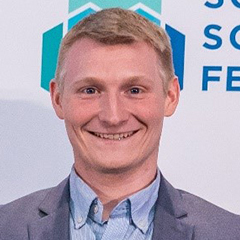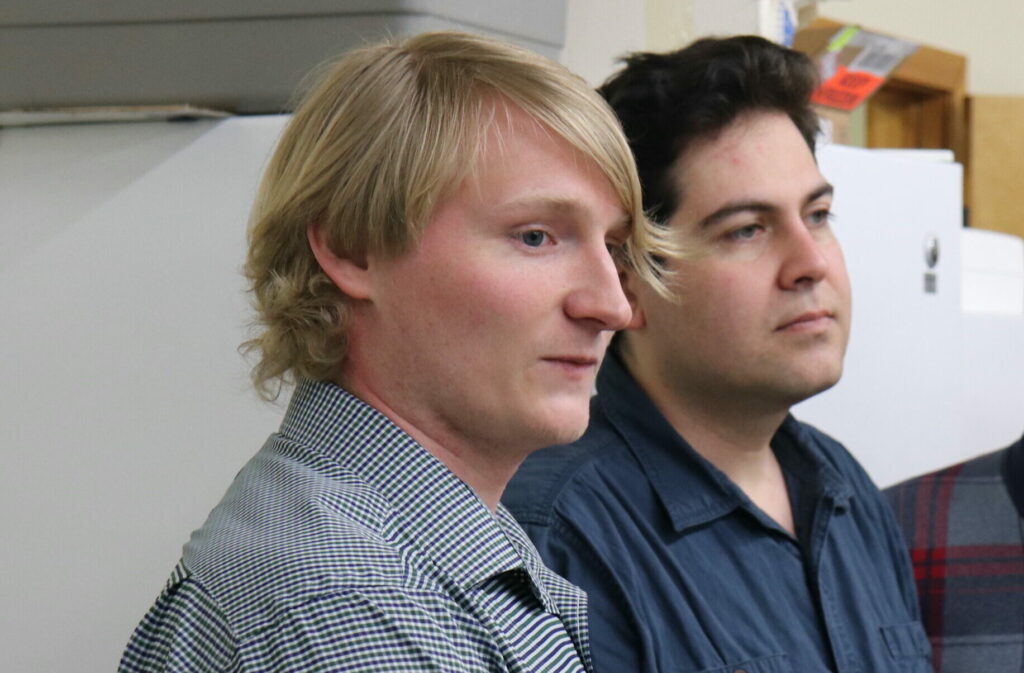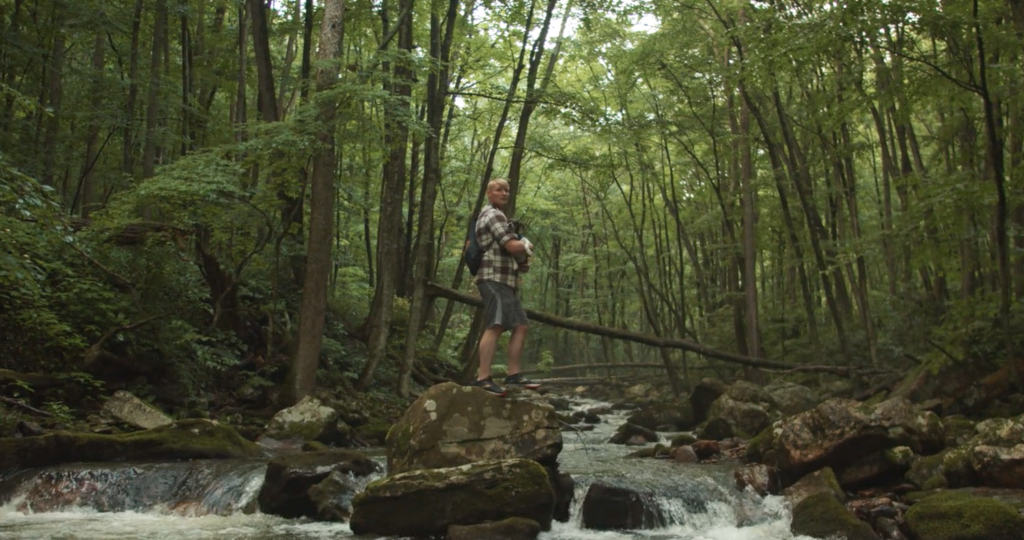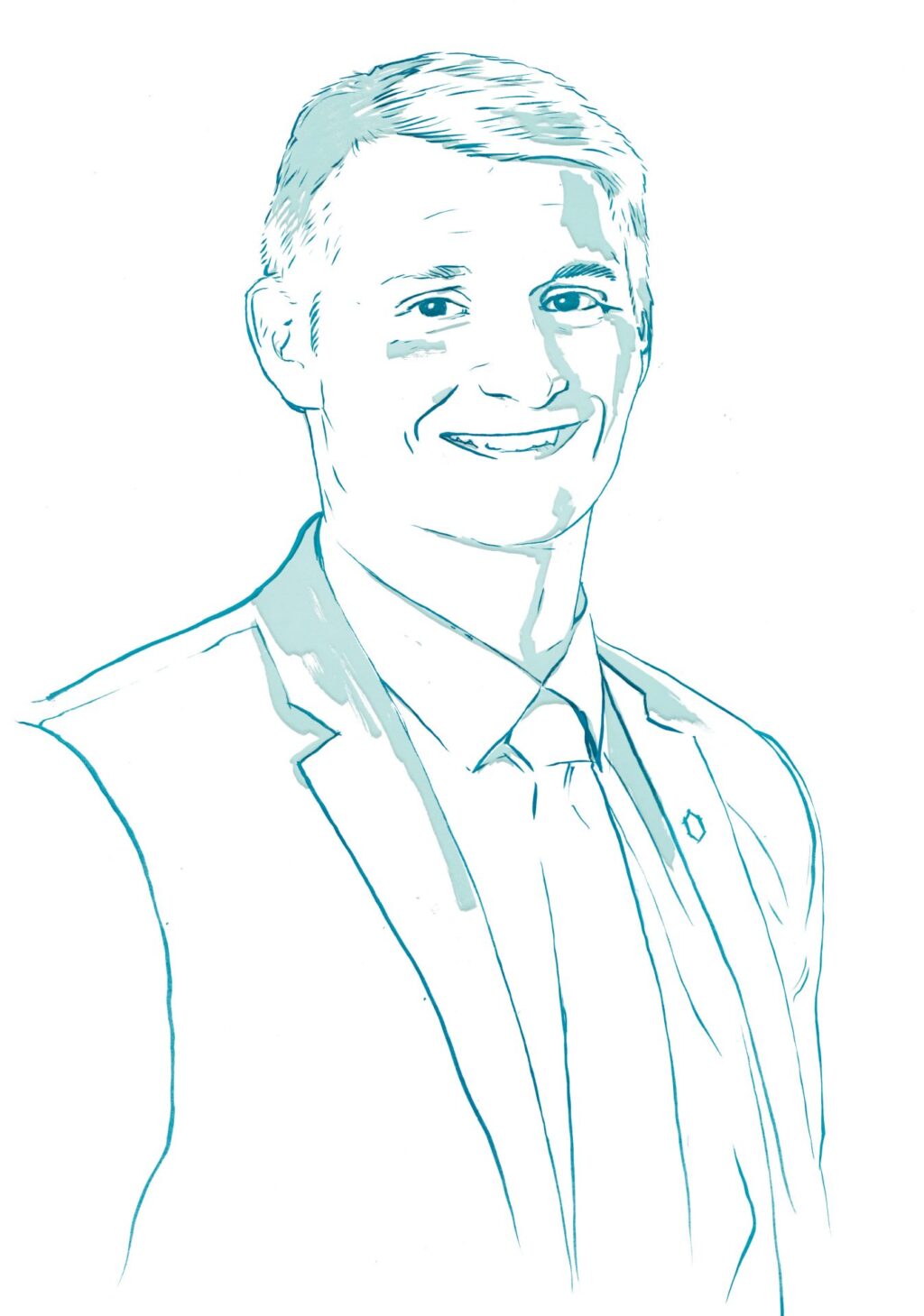Hal is an engineer determined to use science to tackle the illegal trade in endangered species products. With support from Schmidt Science Fellows, he spent a year in the cancer research lab of Dr Eli Vlaisavljevich at Virginia Tech. Hal focussed on ultra-sound based technology to advance techniques to effectively extract DNA from timber samples.
When combined with his previous work, where he developed a battery-powered, hand-held, DNA ‘barcode scanner’ for use by wildlife protection and customs officers in the field to rapidly and accurately identify animal and timber products, Hal’s work has the potential to revolutionize the battle against illicit trade in endangered species on a genuinely planetary scale.
Hal is now serving as Chief Engineer of Conservation X Labs, co-leading a lab that he helped to establish in Seattle, Washington. Supported by the Gordon and Betty Moore Foundation as one of the first conservationists to be named an Inventor Fellow, Hal is perfecting his invention – a DNA screening tool to produce a marketable device that can be adopted by public agencies and importers wanting to ensure their products are what they claim to be.
The illegal trade in endangered species is worth an estimated $100bn a year and is contributing to the human-induced mass extinction that is devastating not just the amazing ecosystems of our planet but also the human societies that rely on them.
Dr. Holmes completed his PhD in bioengineering with Professor Karl Böhringer at the University of Washington creating a DNA barcoding platform for conservation and species identification, to help detect poaching and protect global biodiversity. With the Vlaisavlijevich Lab, Dr Holmes took this effort to an unlikely source – a cancer research laboratory – to study an ultra-sound based technology used in cancer therapy that could potentially also be used for the extraction of DNA from timber tissue.
As part of our We are Schmidt Science Fellows film series, watch Hal’s video and read his feature article Down to the Core – new DNA technologies to preserve nature and prevent extinction here.





